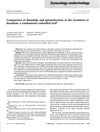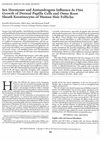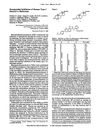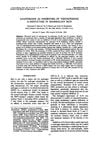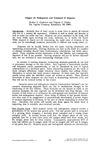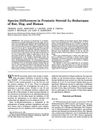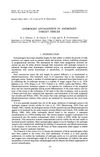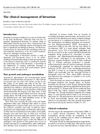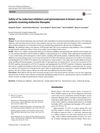Therapeutic Control of Androgen Action
January 1994
in “
Annual Reports in Medicinal Chemistry
”
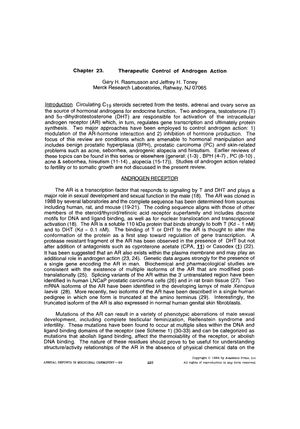
TLDR Understanding how androgens work is key for creating new treatments for prostate issues and hair/skin conditions.
The 1994 document reviews therapeutic strategies for controlling androgen action in conditions such as benign prostatic hyperplasia (BPH), prostatic carcinoma (PC), and skin issues like acne, seborrhea, androgenic alopecia, and hirsutism. It discusses the androgen receptor, its structure, and genetic mutations affecting male sexual development. Chemical antagonists like Casodex and Flutamide are noted for their effectiveness in treating PC, while steroidal antiandrogens such as cyproterone acetate (CPA) are used for acne and hirsutism but have feminizing side effects in males. Combination therapies with antiandrogens and 5α-reductase inhibitors are suggested to reduce total androgen burden. The document highlights finasteride, a 5α-reductase inhibitor approved for BPH treatment in over 50 countries, for its selectivity for the Type 2 enzyme and potential for treating androgenic alopecia. Finasteride was shown to reduce prostate size and DHT levels, stimulate hair growth in animal models, and have a favorable side-effect profile. Other inhibitors like turosteride and epristeride, non-steroidal inhibitors, and LHRH agonists/antagonists are also discussed as potential treatments. The conclusion emphasizes the importance of understanding androgen action for developing new therapeutic targets due to the high incidence of BPH and PC.
